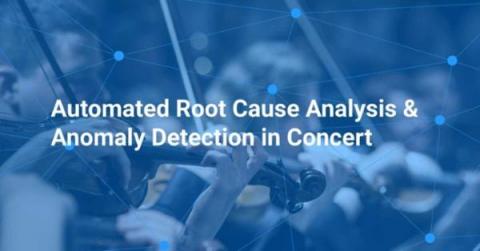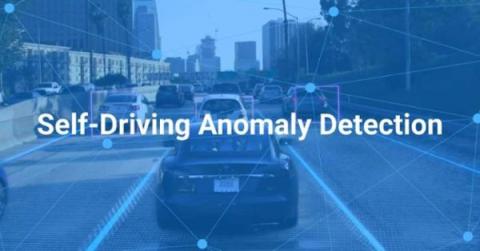Automated Root Cause Analysis & Anomaly Detection in Concert
Everyday IT operators are trying to prevent outages of business-critical applications. When prevention is not possible, IT operators strive to reduce the mean time to repair (MTTR) as much as possible. Improving resolution time can be quite a challenge. But IT operators don't stand alone in this challenge. They can use smart solutions that support Automated Root Cause Analysis and Anomaly Detection.







